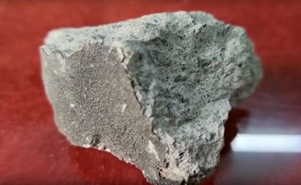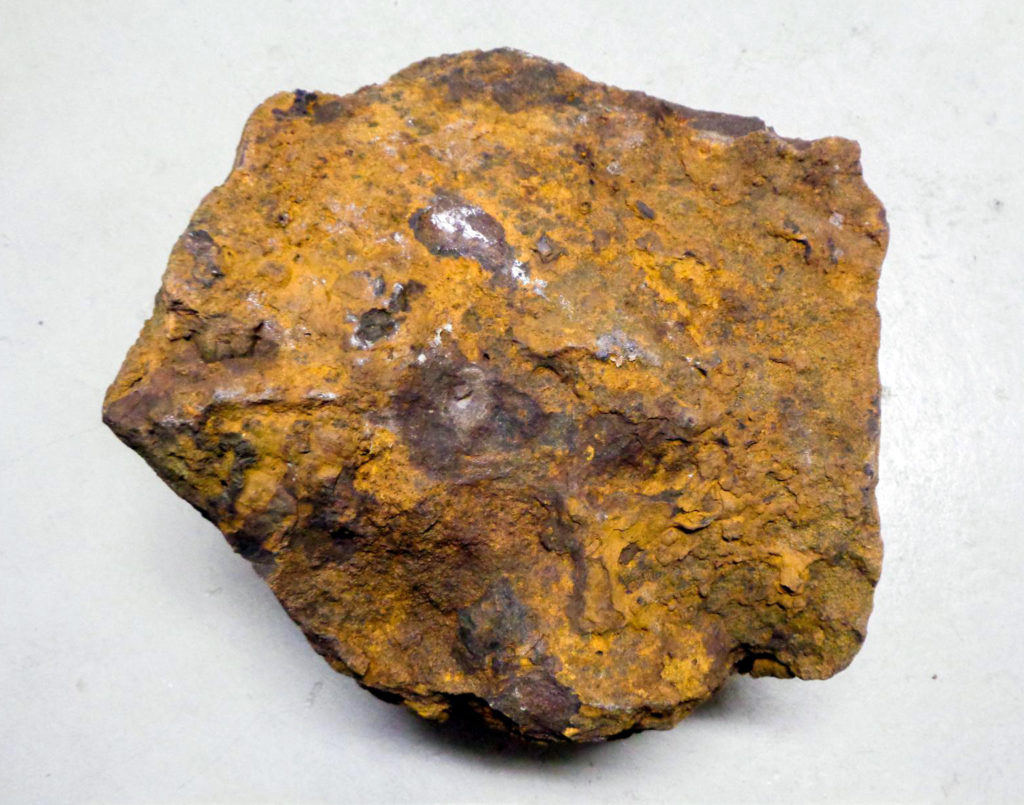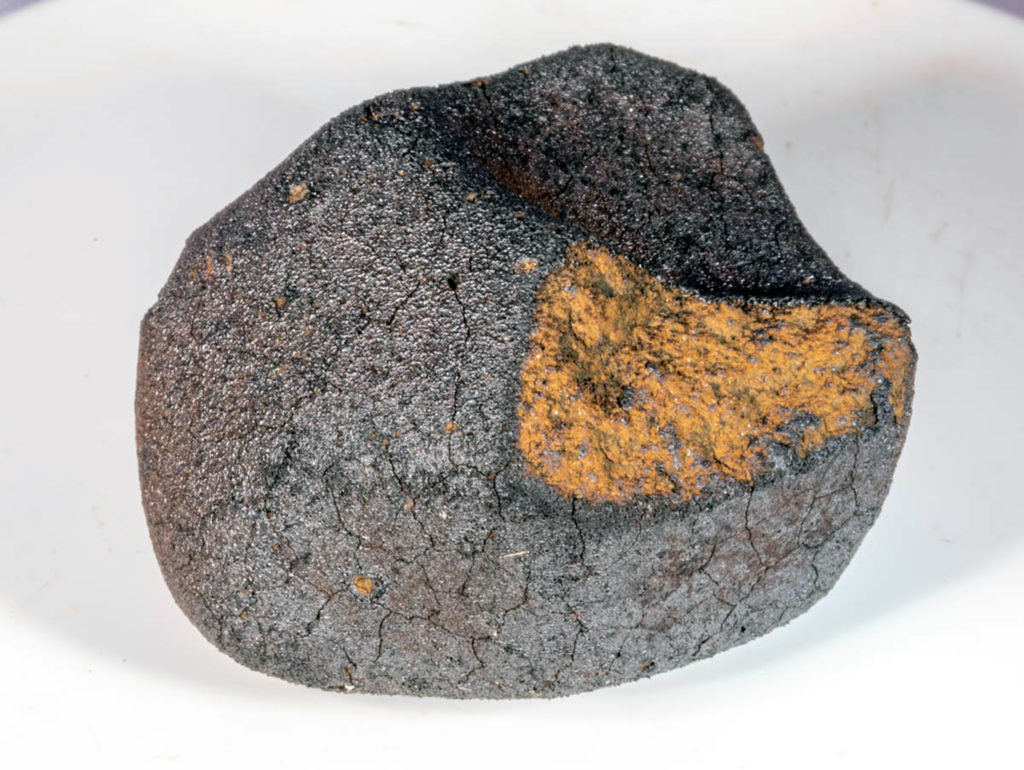An Upper Limit on the Interstellar Meteoroid Flux at Video Sizes from the Global Meteor NetworkOPEN ACCESS
Paul Wiegert, Vanessa Tran, Cole Gregg, Denis Vida, and Peter Brown
The Astrophysical Journal, Volume 984, Number 2
LINK (OPEN ACCESS)
PDF (OPEN ACCESS)
“Material arriving at our solar system from the Galaxy may be detected on Earth in the form of meteors ablating in our atmosphere. Here, we report on a search for interstellar meteors within the highest-quality events in the Global Meteor Network (GMN) database. No events were detected that were conclusively hyperbolic with respect to the Sun; however, our search was not exhaustive and examined only the top 57% of events, with a deeper examination planned for future work. This study’s effective meteoroid mass limit is 6.6 ± 0.8 × 10−5 kg (5 mm diameter at a density of 1000 kg m−3). Theoretical rates of interstellar meteors at these sizes range from 3 to 200 events globally per year. The highest rates can already be largely excluded by this study, while at the lowest rates, GMN would have to observe for 25 more years to be 50% confident of seeing at least one event. GMN is thus well-positioned to provide substantial constraints on the interstellar population at these sizes over the coming years. This study’s results are statistically compatible with a rate of interstellar meteors at the Earth at less than 1 per million meteoroid impacts at Earth at millimeter sizes, or a flux rate of less than 8 ± 2 × 10−11 km−2 hr−1 at the 95% confidence level.”
































